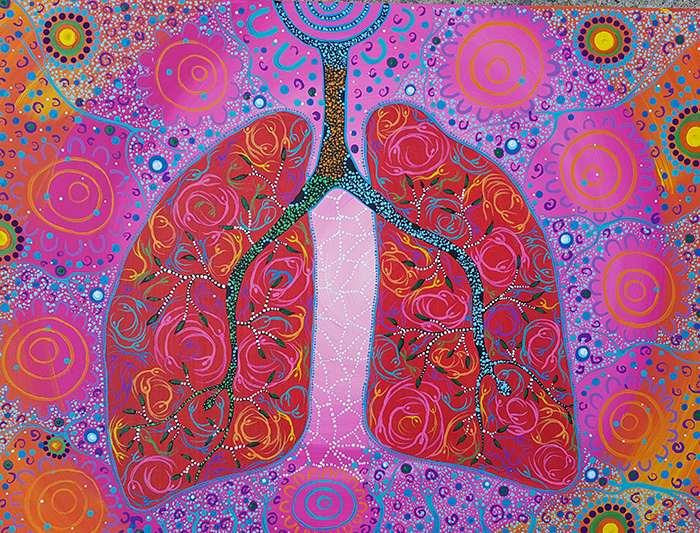Search
Research
Airway Interleukin-33 and type 2 cytokines in adult patients with acute asthmaAirway interleukin-33 is associated with type-2 cytokines in naturally occurring asthma exacerbations in adults
Research
Defective respiratory tract immune surveillance in asthma : A primary causal factor in disease onset and progressionThe relative importance of respiratory viral infections vs inhalant allergy in asthma pathogenesis is the subject of ongoing debate.
Research
Rhinovirus exacerbates house-dust-mite induced lung disease in adult miceIn this study, we combined human-rhinovirus infection with a clinically relevant mouse model of aero-allergen exposure using house-dust-mite in an attempt to...
Research
Der p 11 is a major allergen for house dust mite-allergic patients suffering from atopic dermatitisHouse dust mites (HDMs) belong to the most potent indoor allergen sources worldwide and are associated with allergic manifestations in the respiratory tract.
Research
A health inequality analysis of childhood asthma prevalence in urban AustraliaLong-standing health inequalities in Australian society that were exposed by the severe acute respiratory syndrome coronavirus 2 (SARS-CoV-2) pandemic were described as "fault lines" in a recent call to action by a consortium of philanthropic organizations. With asthma a major contributor to childhood disease burden, studies of its spatial epidemiology can provide valuable insights into the emergence of health inequalities early in life.
Research
The relationship between non-communicable disease risk and mental wellbeing in adolescence: a cross-sectional study utilising objective measures in IndonesiaRisk factors for non-communicable diseases (NCDs, cardiovascular diseases, cancers, chronic respiratory diseases, diabetes, and mental disorders) arise in adolescence but are mostly framed as relevant to health in adulthood; little is known about the relationship between co-occurring NCD risks and mental wellbeing in young people.
Research
Airway and parenchymal transcriptomics in a novel model of asthma and COPD overlapAsthma and chronic obstructive pulmonary disease (COPD) are common chronic respiratory diseases, and some patients have overlapping disease features, termed asthma-COPD overlap. Patients characterized with ACO have increased disease severity; however, the mechanisms driving this have not been widely studied.
Research
Longitudinal effects of prenatal exposure to plastic-derived chemicals and their metabolites on asthma and lung function from childhood into adulthoodEnvironmental exposure to phthalates and bisphenol A (BPA), chemicals used in the production of plastics, may increase risk for asthma and allergies. However, little is known about the long-term effects of early life exposure to these compounds.

Healthy lungs help you to breathe better. This means you can sleep better, as well as play sports, run and walk without being short winded.
Research
Upper Airway Cell Transcriptomics Identify a Major New Immunological Phenotype with Strong Clinical Correlates in Young Children with Acute WheezingAsthma exacerbations in children can be divided into IRF7hi versus IRF7lo phenotypes with associated differences in clinical phenotypes
